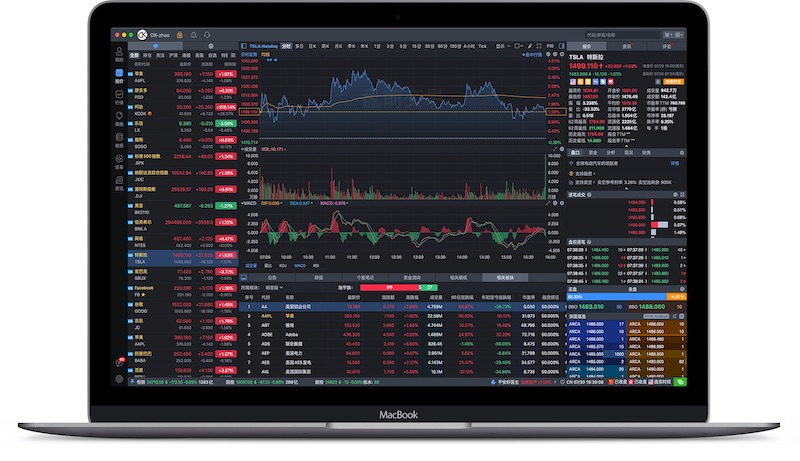



netlify.toml file is a configuration file used to customize and automate the deployment of a site on Netlify. When deploying a Hugo site on Netlify, netlify.toml allows you to define the build process, environment variables, and deployment settings.In Hugo, themes can be managed in two main ways:
Both approaches aim to simplify theme management, but they have differences in setup, flexibility, and functionality. Let’s explore them in detail and compare.
Git submodules allow you to include a Git repository (e.g., a theme) as a subdirectory in your project. This approach links your project to the theme’s repository, preserving version history.
Go modules are an integral part of managing dependencies and versioning in Go projects. When building websites with the Hugo framework, Go modules play a crucial role in managing themes and other dependencies efficiently.
Go modules were introduced in Go 1.11 and became the default in Go 1.13. They provide a structured way to manage a project’s dependencies, ensuring:
go.sum file to lock dependencies.A Go module is a collection of Go packages with a go.mod file at its root. This file declares the module’s path and its dependencies.
When working with Room, a powerful persistence library in Android, you might encounter warnings about unused columns in your query results. These warnings can be a bit daunting, but they are actually quite helpful in optimizing your app’s performance. In this article, we will explore how to handle these warnings and ensure your Room queries are as efficient as possible.
Consider the following warning message:
| |
This warning from Room indicates that your query is retrieving columns that are not actually used
in the StockNotePanelPojo class.
Room offers a few solutions for handling this:
If you’re a developer using Hugo for static site generation, you might have experienced version compatibility issues, especially when newer updates break your existing setup or cause errors. In these cases, reverting to a stable, earlier version often resolves the issues without sacrificing productivity.
Here’s a straightforward guide to downgrading or switching Hugo versions quickly and painlessly:
Could not create parent directory for lock file …..


